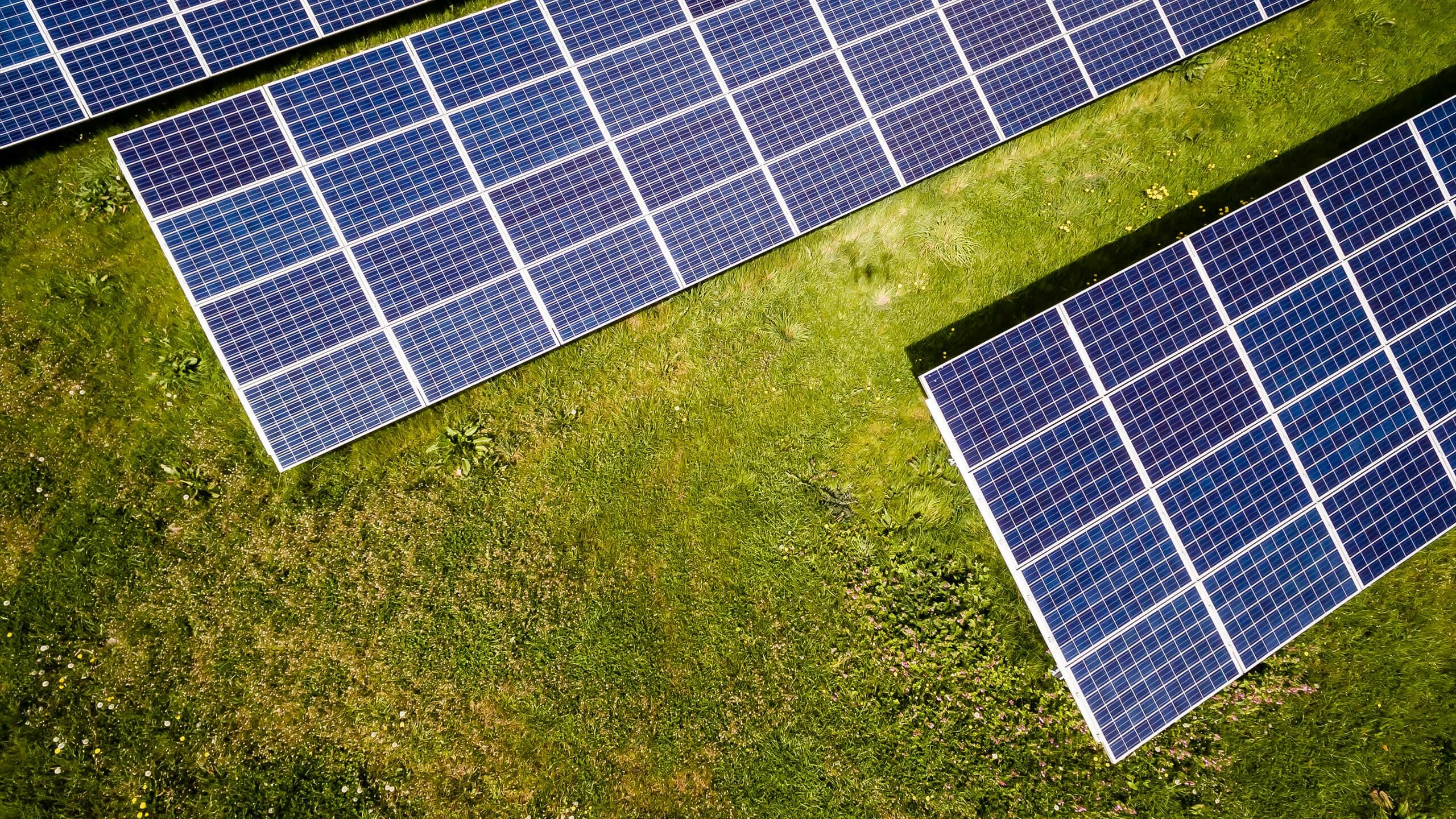In a world increasingly illuminated by the promise of renewable energy, the sun reigns as an inexhaustible source of power, casting its golden rays upon the earth with unwavering consistency. As we continue to harness this celestial bounty, the innovation of solar tracking systems emerges as a pivotal advancement, poised to revolutionize the way we capture and utilize solar energy. These sophisticated systems, with their ability to dynamically follow the sun’s path across the sky, offer a gateway to enhanced efficiency and broader applications, transcending the limitations of static solar panels. In this exploration of solar tracking systems, we delve into the myriad benefits they present and the diverse applications they unlock, illuminating a path towards a more sustainable and energy-efficient future.
Harnessing the Sun: Unveiling the Advantages of Solar Tracking Systems
Solar tracking systems have revolutionized the way we harness solar energy by dynamically adjusting the orientation of solar panels to follow the sun’s path across the sky. This technology significantly enhances the efficiency of solar power generation by ensuring that the panels are always positioned to capture the maximum amount of sunlight. As a result, solar tracking systems can increase energy production by up to 30-40% compared to fixed installations. This boost in performance translates to a more sustainable and cost-effective solution for both residential and commercial energy needs.
- Enhanced Energy Yield: By optimizing the angle of incidence, solar trackers maximize the capture of solar radiation throughout the day.
- Cost Efficiency: The increased energy output from solar trackers can lead to quicker returns on investment and reduced electricity bills.
- Versatile Applications: These systems are suitable for various settings, from large-scale solar farms to rooftop installations, adapting seamlessly to different landscapes.
- Technological Advancements: Innovations in sensor technology and automation have made solar tracking systems more reliable and easier to maintain.
Illuminating Efficiency: How Solar Trackers Maximize Energy Output
Solar tracking systems have revolutionized the way we harness the sun’s energy, making it more efficient and effective. By dynamically adjusting the position of solar panels throughout the day, these innovative systems ensure that the panels are always at the optimal angle to capture the maximum amount of sunlight. This real-time alignment can increase energy output by up to 30-40% compared to fixed installations. The technology behind solar trackers is sophisticated yet elegantly simple, utilizing sensors and motors to precisely follow the sun’s path across the sky.
There are several types of solar trackers, each with unique benefits and applications:
- Single-Axis Trackers: Rotate on one axis, typically east to west, following the sun’s daily movement. Ideal for large-scale solar farms where maximizing energy output is crucial.
- Dual-Axis Trackers: Adjust on both vertical and horizontal axes, capturing the sun’s energy more comprehensively. Perfect for areas with seasonal variations in sunlight.
- Passive Trackers: Utilize thermal expansion and contraction to move panels without the need for motors, offering a cost-effective solution for smaller installations.
By embracing solar tracking technology, energy producers can significantly enhance their efficiency, ensuring a more sustainable and cost-effective energy future.

Diverse Applications: Solar Tracking Systems in Various Industries
Solar tracking systems have transcended traditional boundaries, finding versatile applications across numerous industries. In the agricultural sector, these systems maximize the efficiency of solar panels used for powering irrigation systems, ensuring consistent energy supply even in less-than-ideal weather conditions. Similarly, in the field of architecture, solar trackers are integrated into building designs to enhance energy efficiency and sustainability. This technology is particularly beneficial for green buildings aiming to reduce their carbon footprint.
- Agriculture: Boosts efficiency in solar-powered irrigation.
- Architecture: Enhances building energy sustainability.
- Telecommunications: Ensures reliable power for remote towers.
- Transportation: Supports solar-powered vehicle infrastructure.
In the telecommunications industry, solar tracking systems ensure that remote communication towers remain operational by providing a reliable source of energy. This is crucial for maintaining connectivity in isolated areas. Additionally, in the transportation sector, solar trackers are increasingly used to power infrastructure such as electric vehicle charging stations, promoting the use of renewable energy in public and private transport systems. The adaptability of solar tracking technology across these diverse fields underscores its potential to revolutionize how industries harness solar energy.

Strategic Implementation: Recommendations for Optimal Solar Tracker Use
For the effective deployment of solar tracking systems, certain strategic measures should be considered to maximize their benefits. Firstly, it’s crucial to conduct a thorough site analysis to assess geographical and climatic conditions. This includes evaluating sunlight availability and terrain characteristics, which will influence the choice between single-axis and dual-axis trackers. Secondly, prioritize selecting durable materials and components to withstand environmental challenges, such as wind and temperature fluctuations, ensuring longevity and minimal maintenance.
Additionally, integrating advanced monitoring systems can enhance performance by providing real-time data and analytics. This enables timely adjustments and predictive maintenance, reducing downtime and increasing energy output. To further optimize usage, consider the following recommendations:
- Implementing energy storage solutions to manage intermittent energy supply.
- Utilizing AI and machine learning for predictive analytics and operational efficiency.
- Ensuring compliance with local regulations and incentives for renewable energy systems.
In Retrospect
As the sun sets on our exploration of solar tracking systems, it’s clear that these technological marvels are illuminating the path toward a more sustainable and efficient future. By seamlessly following the sun’s journey across the sky, these systems not only maximize energy capture but also empower a diverse range of applications—from powering homes to energizing large-scale industrial operations. As we continue to innovate and harness the power of the sun, solar tracking systems stand as a testament to human ingenuity and our commitment to a brighter, greener tomorrow. With each sunrise, they remind us of the untapped potential that lies in harmonizing technology with nature.
































